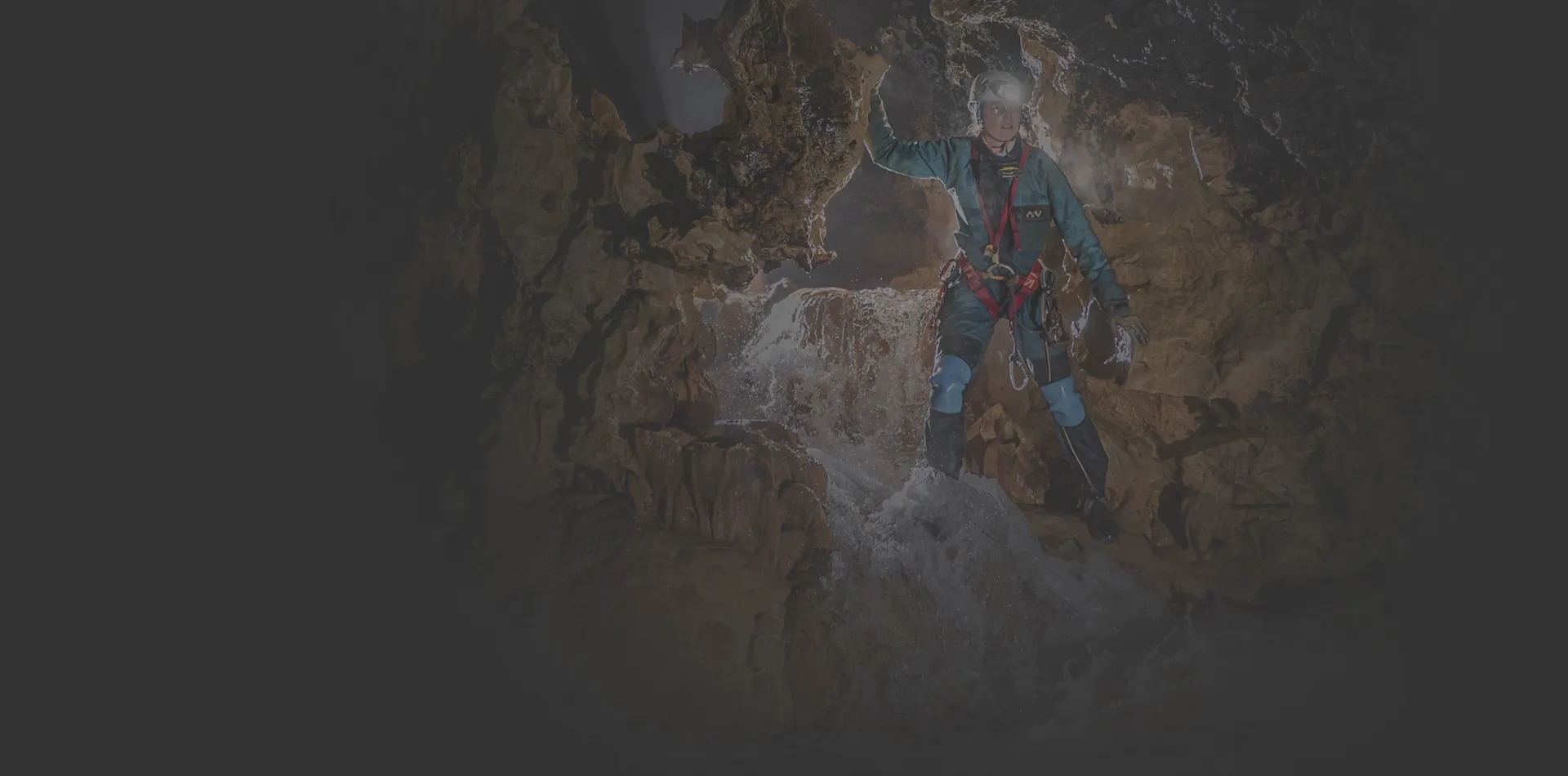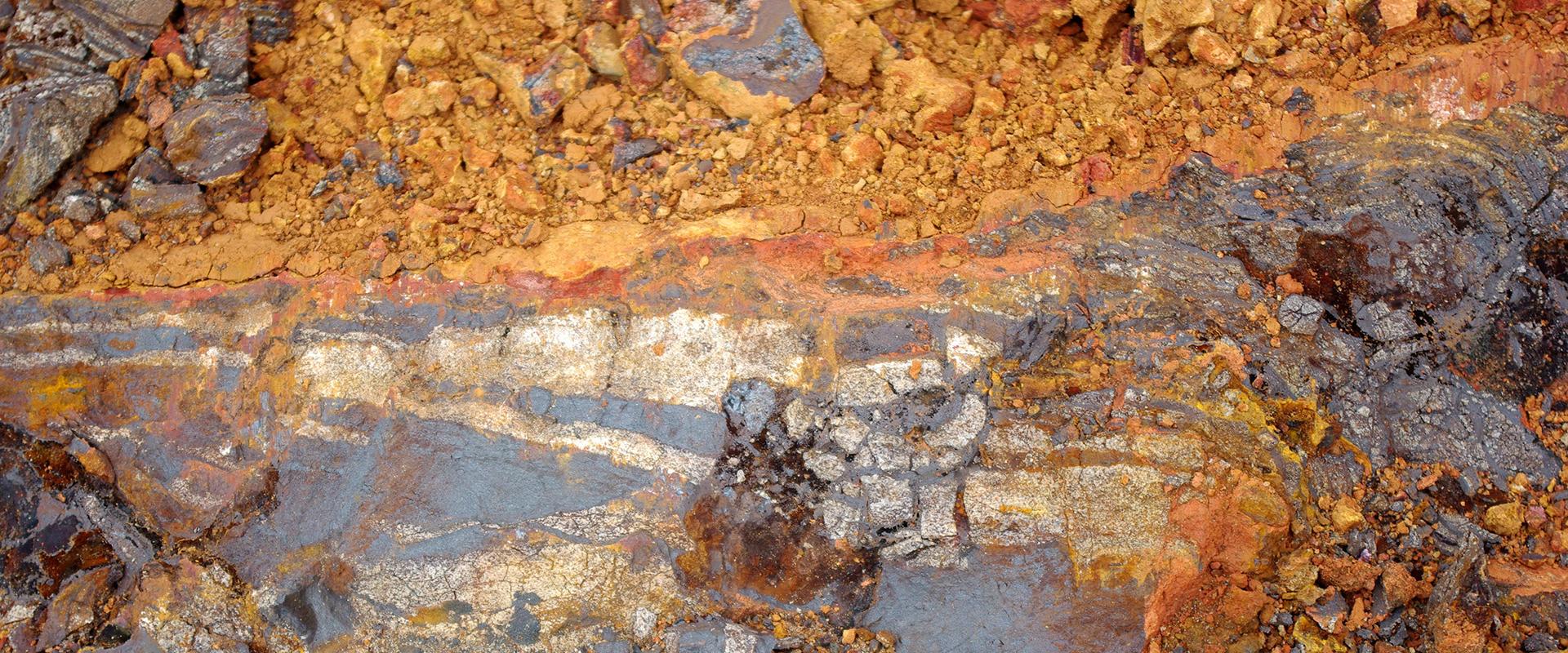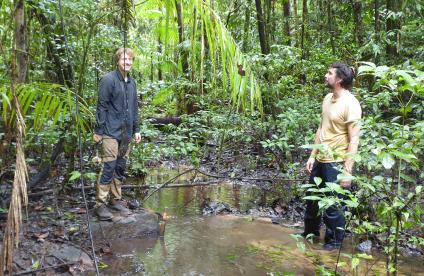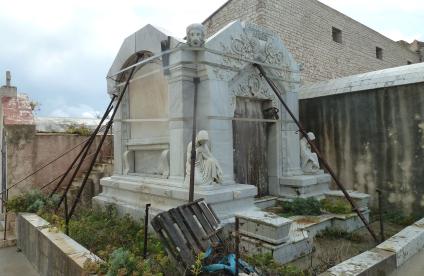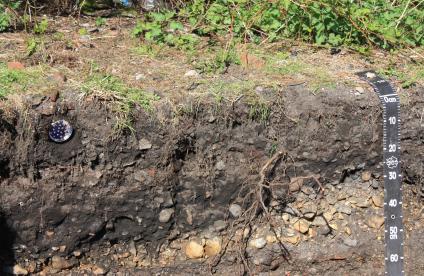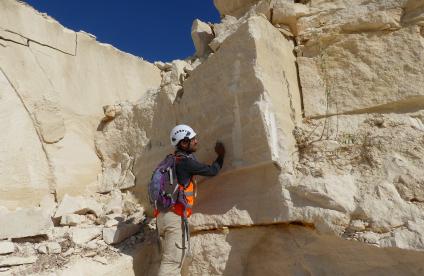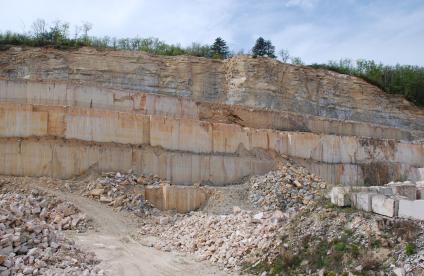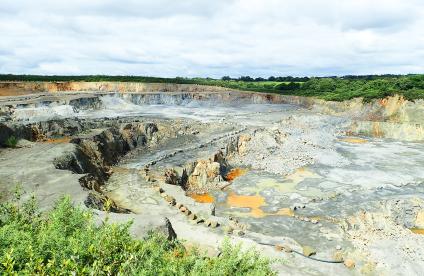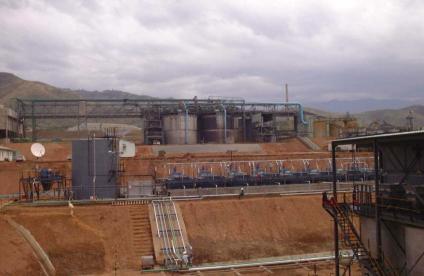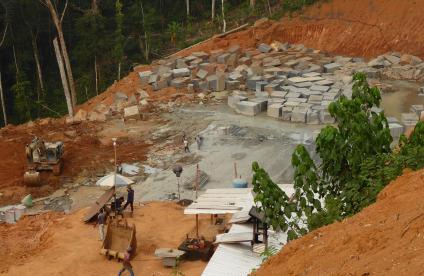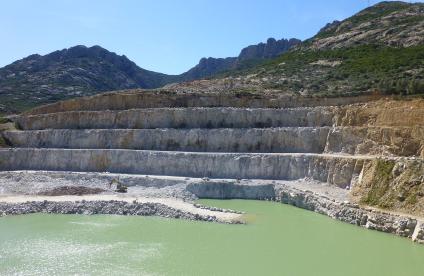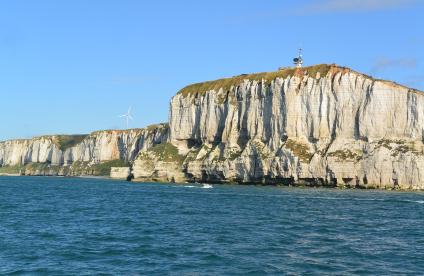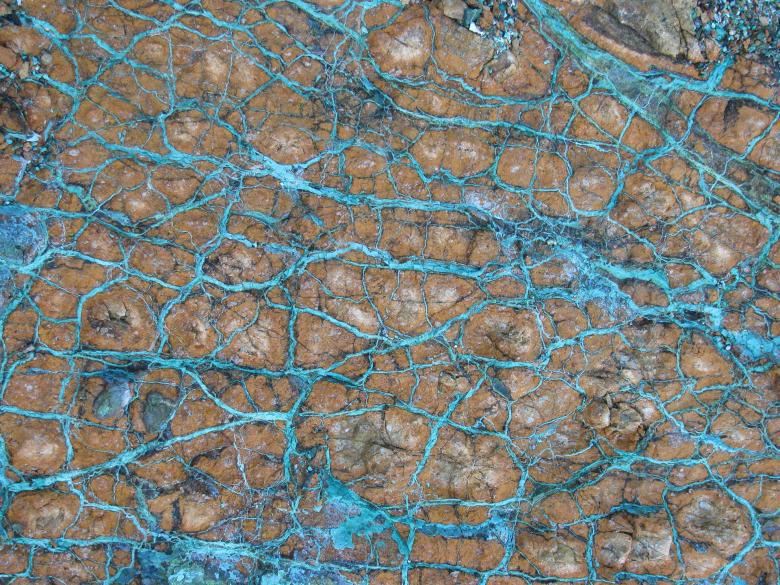
Nickel-bearing saprolite. Saprolite breccia (ochre) veined with garnierite (green) from the Bonini mine at Poro (New Caledonia, 2010).
© BRGM – Valérie Laperche
Your issues and needs
Predictive mapping enables the rapid targeting of areas that are a priori likely to have deposits and therefore reduces exploration costs and lead times. BRGM has developed many predictive mapping methodologies in order to improve their performance and adapt them to various contexts and data sets. For several years now, these new developments have benefited from data science concepts (machine learning, data mining, etc.).
The results obtained with data-based approaches are systematically evaluated by metallogenic experts to ensure that they are entirely consistent.
Our added value
BRGM develops its own mineral resource prediction methods to best meet your needs. Thanks to our mastery of all stages of the predictive process, we can assist you in:
- collecting, compiling and preparing source data;
- implementing predictive processing based on methodologies adapted to particular contexts;
- synthesising and making a critical analysis of the results obtained.
BRGM has developed expertise in predictive mapping both for research projects (in-house or co-financed) and studies for public bodies (French or foreign) or private companies.
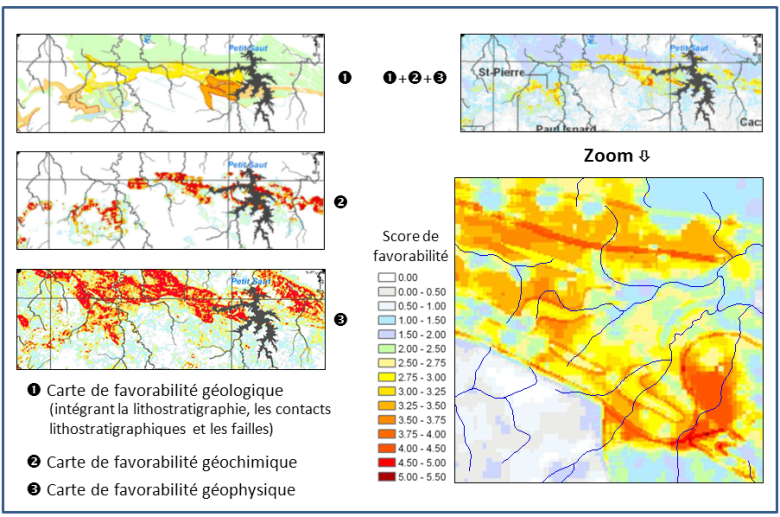
Gold likelihood map in northern French Guiana: the final map is obtained by adding the favourability scores of the geological, geochemical and geophysical layers.
© BRGM – Daniel Cassard
Tools and specialised skills
- DataBase Querying (DBQ) and Cell Based Association (CBA): methods developed by BRGM within the framework of European research projects;
- "Classical" approaches to predictive mapping: such as Weight of Evidence, Fuzzy Logic, Random Forest, etc.;
- Quantitative Mineral Resource Assessment (QMRA ), a probabilistic approach: based on the methodology developed by the United States Geological Service (USGS);
- Data management and geomatics: compilation, management and preparation of data;
- Metallogeny: expertise for the critical analysis of results.
Some references
Evaluation of the potential mineral resource "in the ground":
- Evaluation of the tungsten and antimony potential of metropolitan France;
- Evaluation of the mining potential of Saudi Arabia.
Predictive approaches from regional to continental scales:
- Predictive maps of Europe for tungsten, tin, antimony, fluorite, zinc, copper, germanium, gallium, indium, tantalum, cobalt and rare earths (European projects ProMine and EURARE);
- Predictive studies at regional scales for the development of mining districts in metropolitan France.
Research and development:
- Development of innovative approaches (e.g., DBQ, CBA);
- Numerous publications in peer-reviewed scientific journals and presentations at international scientific congresses;
- Development of operational tools for the implementation of "BRGM approaches";
- Organisation of an international conference ("Mineral prospectivity: current trends and future approaches", 24-26 October 2017, BRGM, Orléans);
To find out more
References
Solutions

